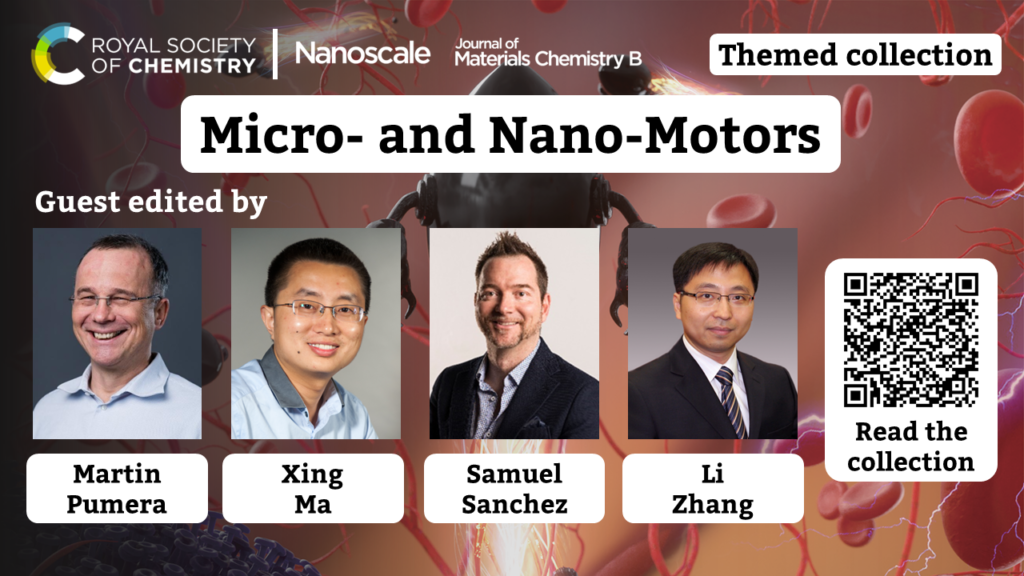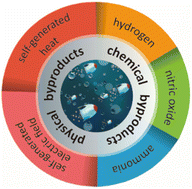Nanocatalysis
Guest edited by Dr In Young Kim, Dr Michelle Personick, and Dr Zhiqun Lin.
Nanocatalysis represents an exciting subfield in nanoscience and nanotechnology which involves the use of nanomaterials and subnano-sized materials (nanoclusters, diatoms, single atoms) as catalysts for a wide variety of homogeneous and heterogeneous catalytic applications. Along with significant advances in nanomaterial design and synthesis assisted by machine learning, in-situ/ex-situ characterization techniques, and computational chemistry, the past several decades have witnessed a flood of research activities in this rapidly evolving area with most of the studies focusing on the effects of size, shape, chemical composition and morphology on catalytic properties and performance. This has led to the development of highly effective catalysts with enhanced activity, selectivity, and stability.
This special themed collection aims to provide a platform to showcase the recent progress and challenges in the field of nanocatalysis.
All articles in the collection are free to read until April 2025
Read the collection
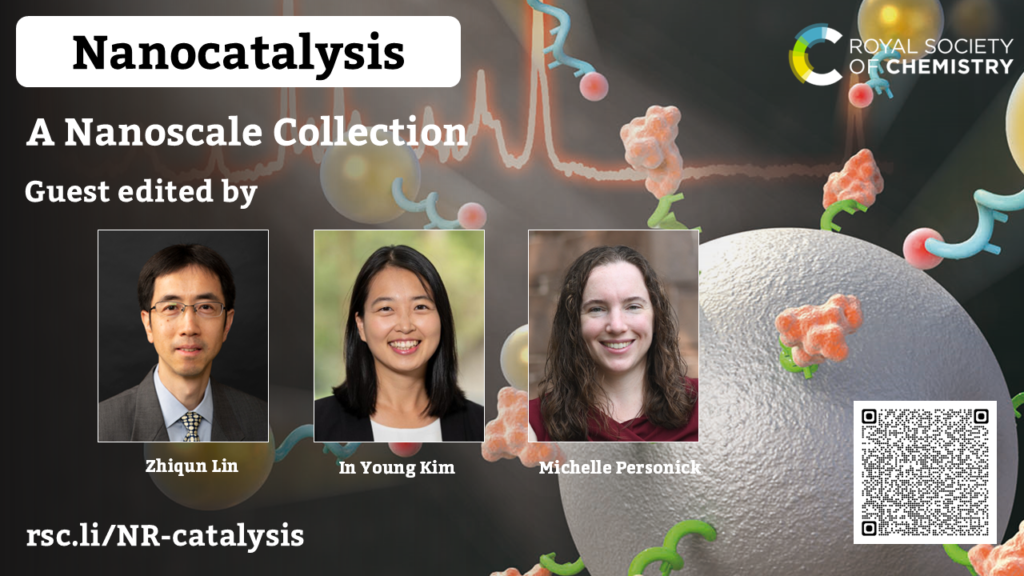
We invite you to discover the latest research from collection and to read the introductory editorial written by guest editors Dr In Young Kim, Dr Michelle Personick, and Dr Zhiqun Lin.
Read the introductory editorial
All of the articles in the collection are free to access until April 2025. Read some of the featured articles below.
|
Single and dual-atom catalysts towards electrosynthesis of ammonia and urea: a review. Wenyu Luo, Jiawei Liu, Yue Huc and Qingyu Yan. Nanoscale, 2024,16, 20463-20483
|
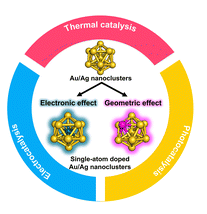 Atomically precise Au and Ag nanoclusters doped with a single atom as model alloy catalysts. Atomically precise Au and Ag nanoclusters doped with a single atom as model alloy catalysts.Shinya Masuda, Kosuke Sakamotoa and Tatsuya Tsukuda. Nanoscale, 2024,16, 4514-4528 |
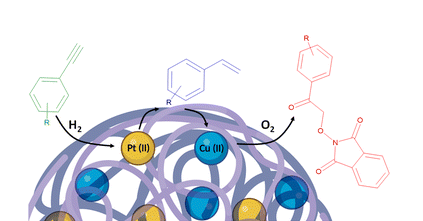 Consecutive one-pot alkyne semihydrogenation/alkene dioxygenation reactions by Pt(ii)/Cu(ii) single-chain nanoparticles in green solvent. Consecutive one-pot alkyne semihydrogenation/alkene dioxygenation reactions by Pt(ii)/Cu(ii) single-chain nanoparticles in green solvent.
Jokin Pinacho-Olaciregui, Ester Verde-Sesto, Daniel Taton and José A. Pomposo |
 Neodymium niobate nanospheres on functionalized carbon nanofibers: a nanoengineering approach for highly sensitive vanillin detection. Neodymium niobate nanospheres on functionalized carbon nanofibers: a nanoengineering approach for highly sensitive vanillin detection.I.Jenisha Daisy Priscillal and Sea-Fue Wang. Nanoscale, 2024,16, 12459-12473 |
Nanoscale is a high-impact international journal, publishing high-quality experimental and theoretical work across the breadth of nanoscience and nanotechnology. Our broad scope covers cross-community research that bridges the various disciplines involved with nanoscience and nanotechnology.
We hope you enjoy reading this collection and look forward to showcasing more work on optical nanomaterials in the future. Please continue to submit your exciting work to Nanoscale.


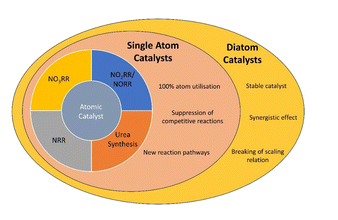









 We are delighted to welcome Professor Zhuo Kang from the University of Science and Technology Beijing (USTB), China, as a new Editorial Board member working across Nanoscale
We are delighted to welcome Professor Zhuo Kang from the University of Science and Technology Beijing (USTB), China, as a new Editorial Board member working across Nanoscale 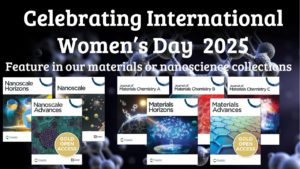








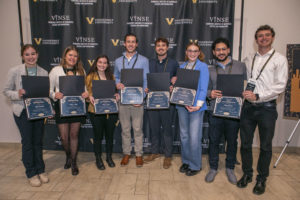
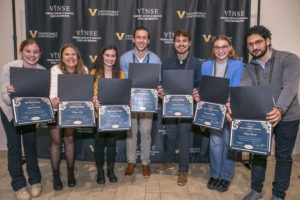
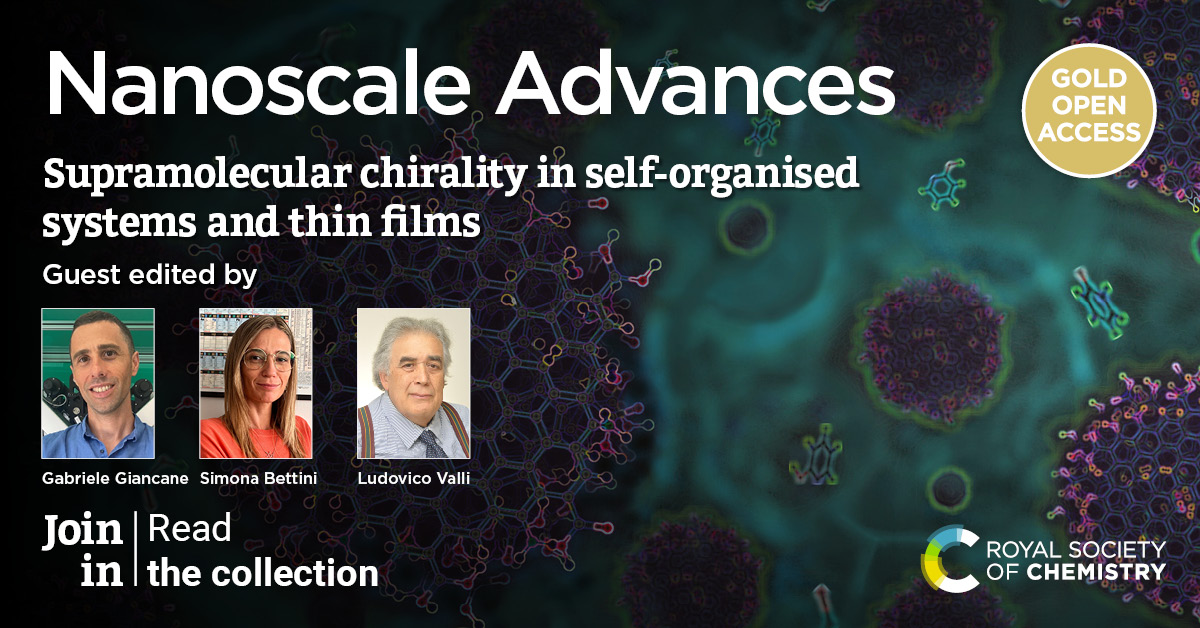

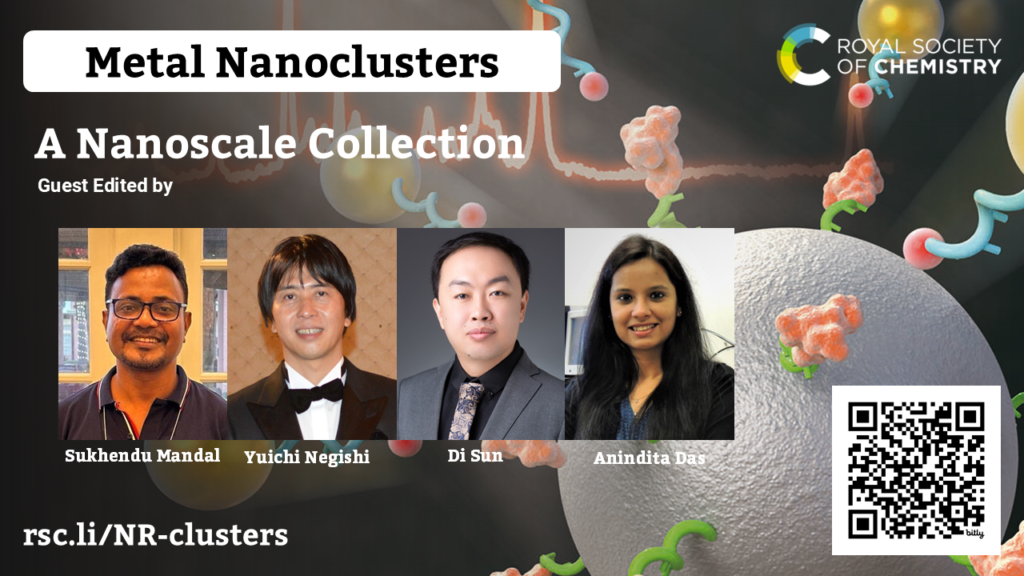



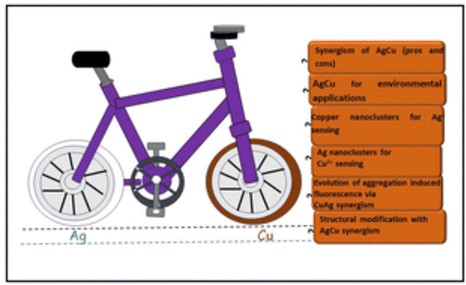
![the graphical abstract image depicting ditopic ligand effects on solution structure and redox chemistry in discrete [Cu12S6] clusters with labile Cu–S bonds](https://blogs.rsc.org/nr/files/2024/12/Screenshot-2024-12-12-065259.jpg)
